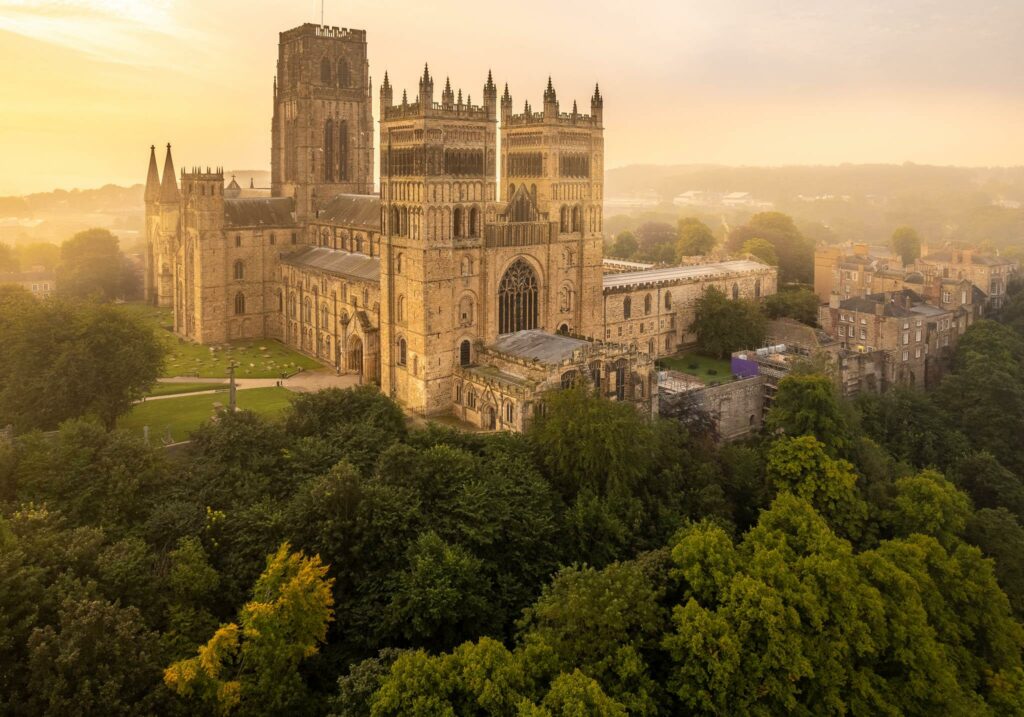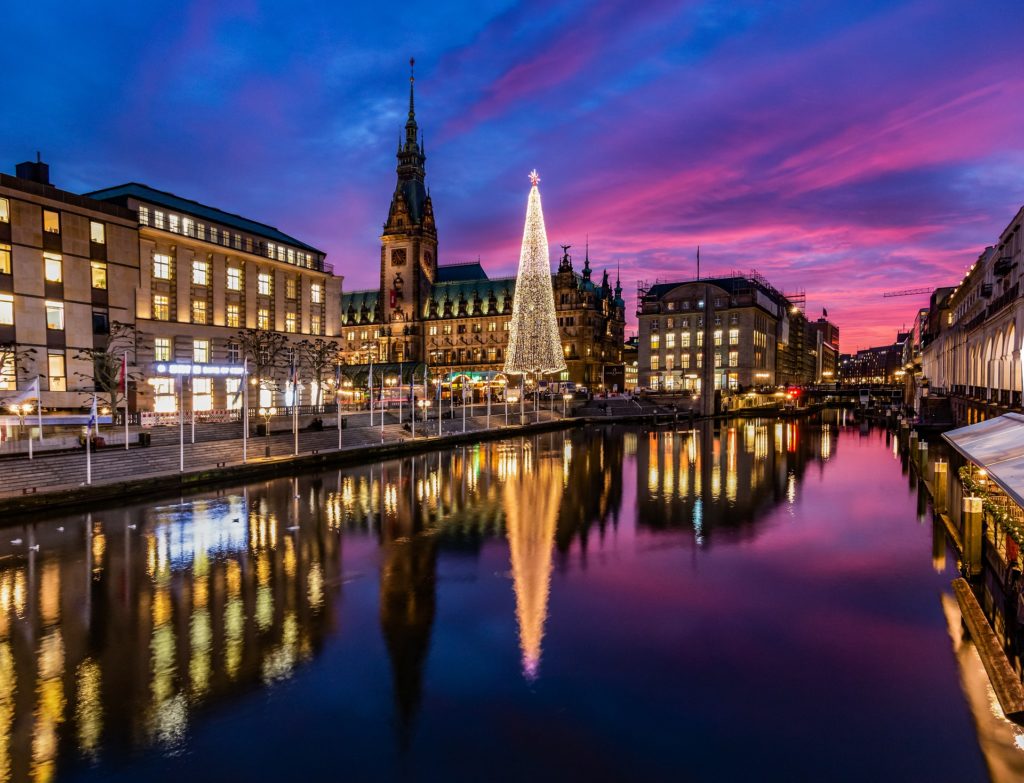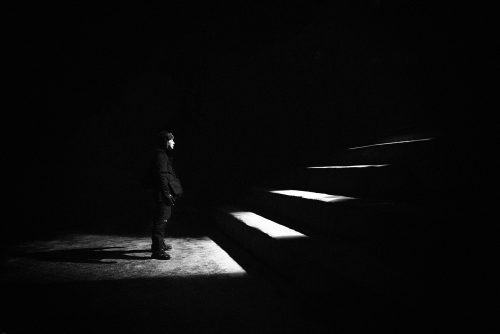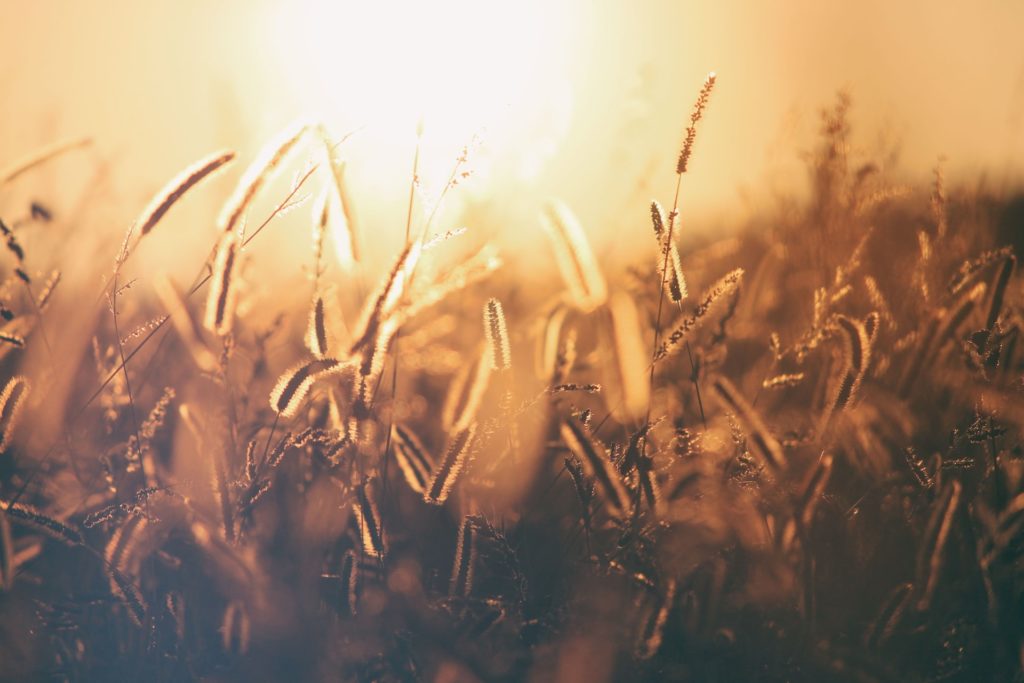Long exposure light trails are a starting point for any photographer interested in night photography. It can become an obsession and also a step towards understanding the exposure triangle and how the camera settings work.
Light trails can be captured from any moving object that produces light, but the easiest one to start with is photographing light trails from traffic – all you need is a good knowledge of the exposure triangle.
Playing with light when it comes to long exposure photography can be fun and experimenting with it can help an artist improve their creativity and knowledge of basic camera settings.
This is one genre that has no limits or bounds and you don’t necessarily stick to any rules because the more you break them, the more interesting images you get.
Ever Wondered How Light Trails Form In The Image?
When photographing light trails, the shutter remains open for a particular period of time (because the exposure is long) and the sensor continuously records the moving light within that time frame.
The reason why you do not see the actual vehicles is, they do not have enough light illuminating them to create a moving image of themselves in the photograph.
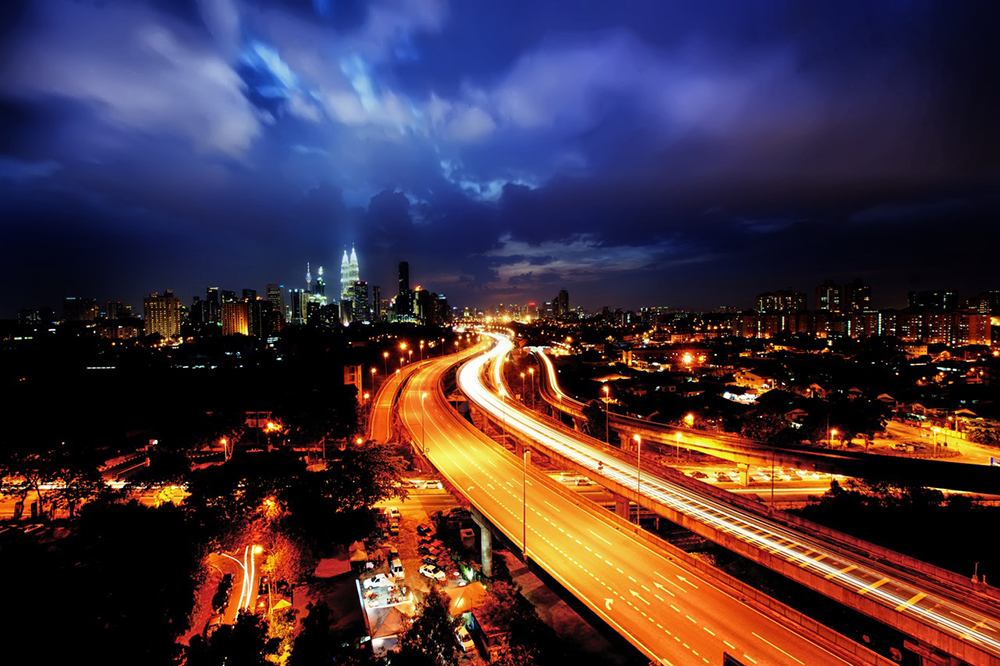
Image by Khairul Onggon
Here Are Some Simple And Easy Tips For You To Get Started With Long Exposure Light Trails:
Find A Good Location:
- This is of prime importance in order to capture the trails – so, be in a location where there are quite some vehicle movements. Photograph preferably during the blue hour or at night
- The more number of vehicles, the more amount of trails you can capture. If the traffic is not what you expected, take multiple photos and stack them up in Photoshop.
Gear:
- Have a camera that lets you shoot in manual mode
- A tripod to stabilise your camera
- An optional cable release or use the camera’s timer facility.
Settings:
- As a general setting, start with Aperture between f5.6 – f9, Shutter Speed 2s and iso 200
- Shoot using manual settings or shutter priority (if you are just beginning) – the shutter speed you want to use depends on the amount of traffic available and how much trails you want in the frame.
- Choose the aperture and iso wisely based on shutter speed as you do not want to overexpose the image.
- Use the lowest iso possible, to reduce noise and to have the shutter longer as possible (again take care not to overexpose)
- A reasonable aperture between f5.6 and f9, so that you have the whole of the scene in focus, also eliminates flares and artefacts
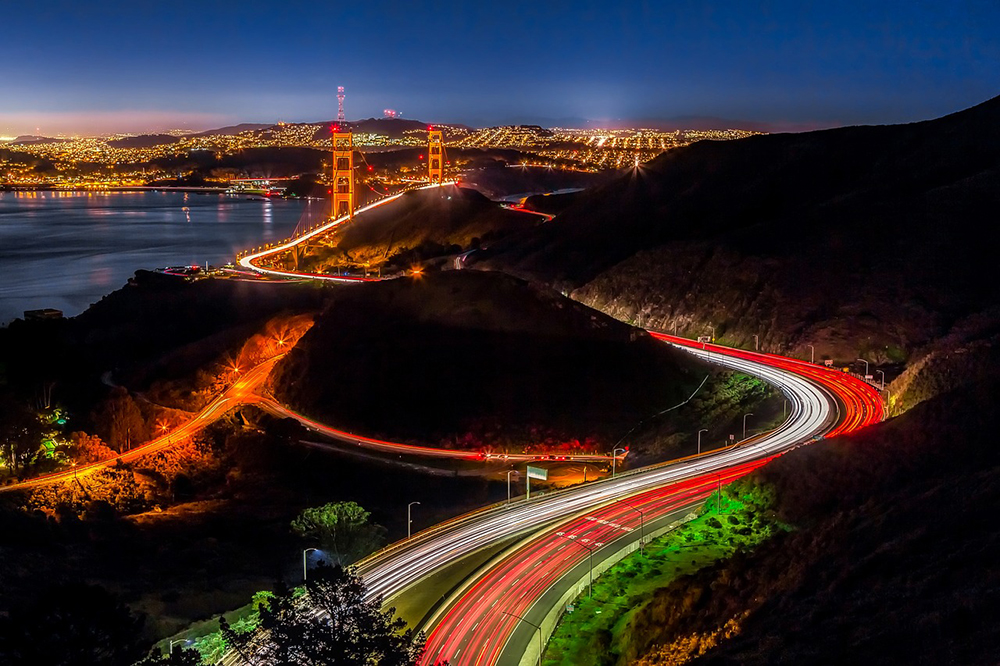
Image by 12019 / 10269
Capturing The Light Trails:
- Find a safe place where you do not hinder the movement of traffic and make sure it provides a good perspective; higher vantage points with a city view would be great, but also low angle perspectives work really well.
- Put the camera on a tripod
- Remove any filters from the lens to avoid unwanted flare, use mirror lockup feature to avoid blur due to mirror movements (for DSLRs)
- Manually focus the scene as cameras can struggle with getting the focus right in low light.
- Create a composition that draws the viewer into the image and keeps them engaged.
- Use the cable release to manually control shutter speed – in busy areas with a lot of traffic, start with one or two seconds exposure as light from traffic can illuminate the scene pretty well. Depending on what you get, make adjustments to iso, aperture and shutter speed to get the results you need.
Note: Do not stop with just traffic lights; capture images of any moving lights. Carnivals or fairs are the best places for these!
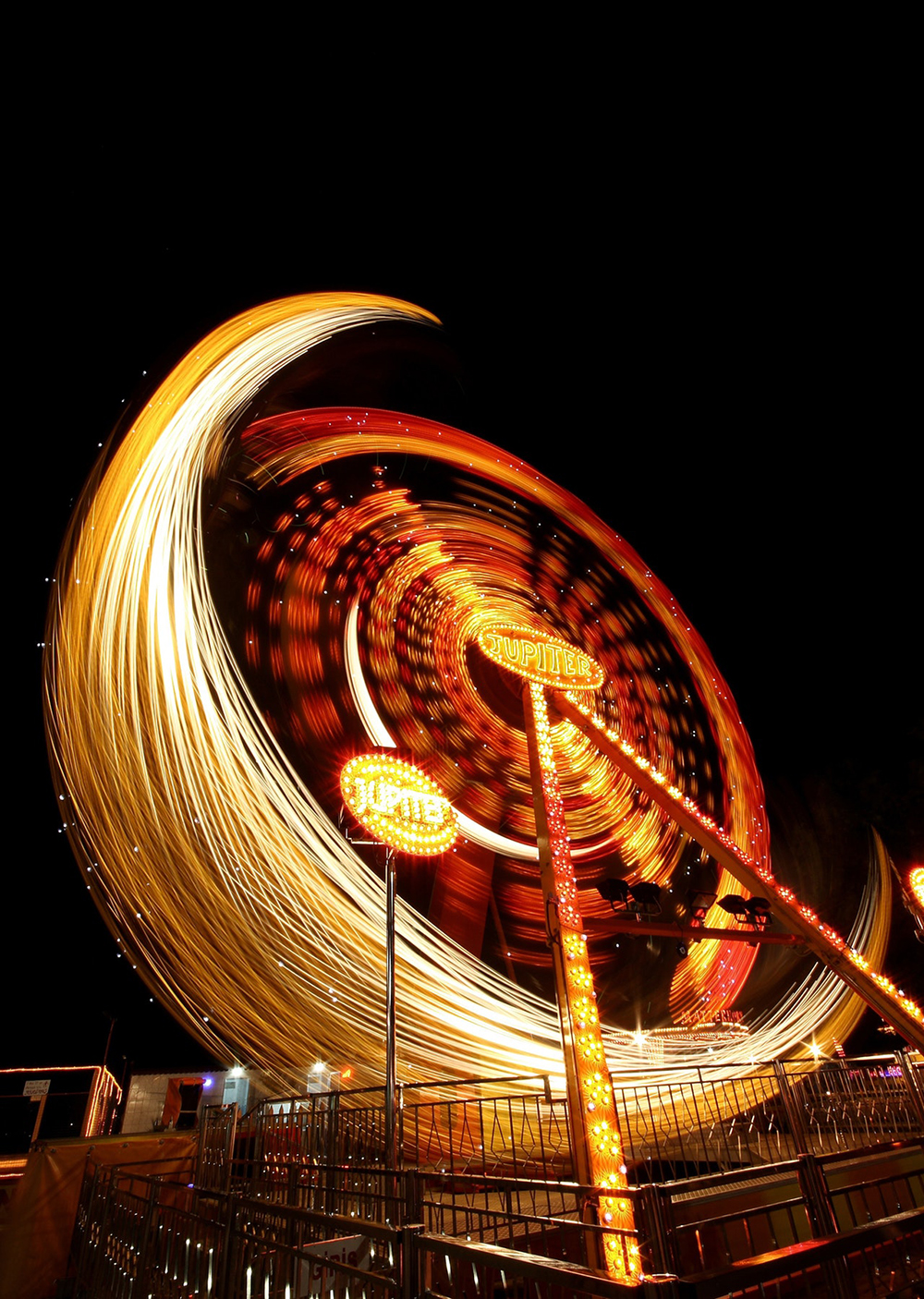
Image by Pixabay
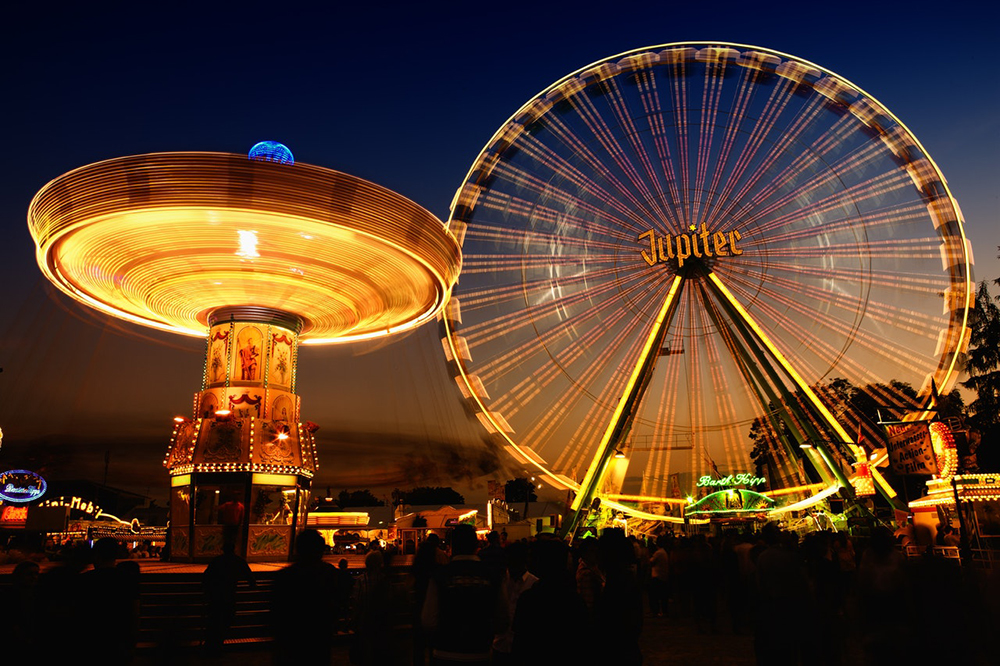
Image by Pixabay
More Tips To Give Your Creativity A Go!
- Use live-view to see the best perspectives and make the best compositions.
- Place entry and exit points for traffic lights carefully in the frame to aid with better composition.
- In areas with less traffic, wait for the vehicle/s to enter the scene and release the shutter when it enters.
- Look for winding roads, so you can have the famous “S curve” in your composition.
- Shoot from the middle of a bridge looking down on the road to create symmetrical light trails
- Look for corners to capture vanishing light trails
- Do not just stop with traffic lights; try photographing carousels, Ferris wheels or anything that has lights moving.
- Experiment with trails while moving – create light trails with the camera moving along with you while you are driving.
- Capture light trails from any source of light that moves.
Have you tried long exposure light trails? If yes, please share any tips you may have in the comments section below.

